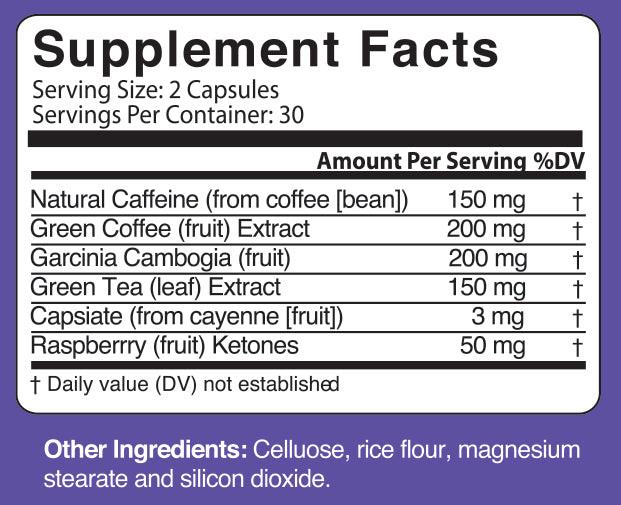
Think about everything going on while you lie in bed: your heart has to pump blood, your lungs need to pull in and push out oxygen, and then that oxygen needs to be delivered to your brain and the rest of your body. In fact, between 60-75% of your daily calories are burned during these processes. It's the fundamentals.īut, that doesn't there isn't a lot happening beneath the surface. With BMR, you can factor in your workouts and exercise to figure out how many calories you should eat per day to meet your weight loss goals.īasal means "forming or belonging to a bottom layer or base". People use BMR and other metrics to figure out how many calories they burn per day regardless of their physical activity. Think of these as your "rainy day" or "couch-potato" calories. Imagine you were in a coma - that's the base level we're talking about here. In other words, it's the calories your body needs to keep you alive. WHAT IS BMR?īasal Metabolic Rate is how many calories you burn when your body is resting. Let's start with a bit more detail on what BMR and TDEE are, and then we'll explore how you can incorporate both in your day-to-day weight loss routine. Once you understand your BMR and TDEE and the relationship between them, it becomes a lot easier to reach your weight loss goals. These formulas calculate how much energy you spend per day, and this allows you to set your calorie goals much more efficiently. That's where understanding BMR (Basal Metabolic Rate) and TDEE (Total Daily Energy Expenditure) comes in. Weight loss really is that simple, but how can you figure out how many calories you burn per day? In other words, how do you figure out your baseline and determine how many calories you should be eating?
#BMR CALCULATOR WEIGHT LOSS HOW TO#
Sometimes half the battle of losing weight is just knowing what to track and how to track it.įor many people, weight loss success depends upon having an effective system of tracking calories. It applies to most aspects of our life and especially weight loss. Add 500 calories to the total to gain around 1lb per week or deduct 500 calories to lose roughly 1lb per week.If you can't measure it, you can't manage it. If your goal is to maintain your current weight, eat this amount. Obviously, these are rough guides, so you may need to play around with the numbers to better suit your needs as you go along. He number you get is the number of daily calories you need in order to maintain your current weight. Very active. If you take part in hard exercise six to seven days per week, multiply your BMR by 1.725.Įxtra active. If you engage in very hard exercise six to seven days per week or have a physical job, multiply your BMR by 1.9.

Moderately active. If you moderately exercise three to five days per week, multiply your BMR by 1.55.

Lightly active. If you lightly exercise one to three days per week, multiply your BMR by 1.375.

Sedentary: If you get little or no exercise, multiply your BMR by 1.2. To include the number of calories you burn during daily activities based on your lifestyle, use the following multiplications: This will make sure that you allow for the extra calories needed for things like walking around, playing sports, training and rebuilding muscle through hypertrophy. Once you’ve got your BMR, you need to multiply it by your activity level.


 0 kommentar(er)
0 kommentar(er)
